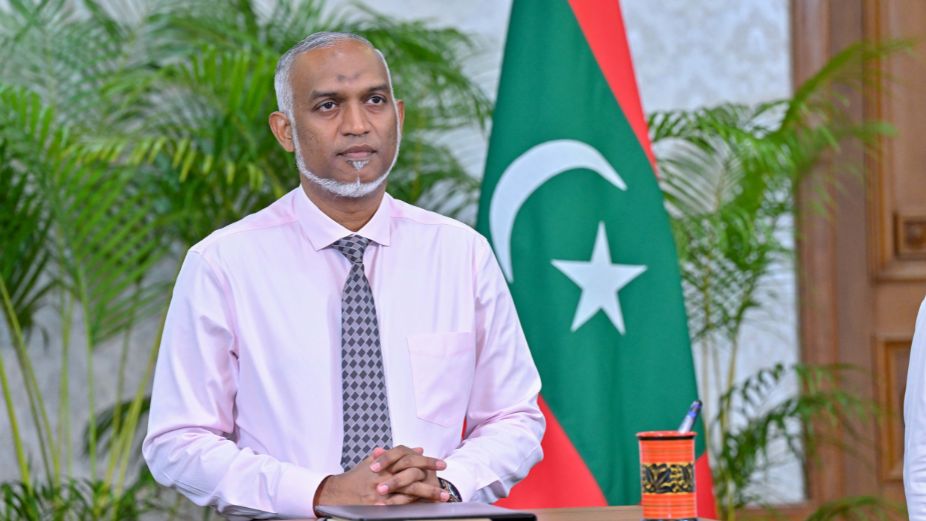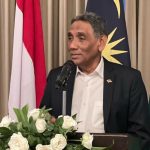
The President’s Office has publicly disclosed that 922 individuals are currently appointed to political positions under Article 115(f) of the Constitution. This is the first official release of such figures during President Dr Mohamed Muizzu’s term and comes more than 18 months into his administration.
The breakdown includes 20 ministers, 14 individuals with ministerial rank, 93 state ministers, and 216 deputy ministers. The rest are made up of political directors, assistant directors, and various senior political positions, reaching a total of 922. These figures, according to the President’s Office, are subject to change due to terminations, resignations, and new appointments.
While the number itself has drawn attention, what is more striking is how it translates in per capita terms. With a national population of around 515,000, the country currently has one political appointee for every 558 people. This places the ratio of political staff on par with key public service professionals such as doctors.
According to available health data, the Maldives has roughly one doctor per 500 people. That means citizens are almost equally likely to encounter a political appointee as they are a licensed medical professional. The implications of this comparison are not just symbolic. It raises questions about national priorities, public spending, and the scale of political staffing in a small island democracy.
When placed against other democratic nations, the Maldives’ ratio is extraordinarily high. The United States, for instance, has roughly 4,000 political appointees for a population of over 330 million, which is approximately one for every 83,000 people. The United Kingdom operates with fewer than 150 ministerial and junior ministerial posts for its 67 million citizens, a ratio of one for every 450,000 people.
Some variation is understandable. Smaller nations often need higher staffing ratios to sustain basic governance. But with more than 300 directors and assistant directors included in the tally, the Maldivian figure reflects a much broader use of political appointments than typically observed elsewhere.
Equally concerning is the delay in disclosure. This is the first time such data has been published since the start of the current administration. In any functioning democracy, information on political appointments is considered basic transparency and should be disclosed early in a term, not midway through it. The absence of regular updates deprives the public of the opportunity to assess how public offices are being staffed and at what cost.
Publishing these numbers only now reinforces the perception that political staffing is treated as an internal affair rather than a matter of public accountability. It also raises further questions: What is the total annual cost of these appointments? How are these positions evaluated? What mechanisms exist to prevent excessive or politically motivated hiring?
A move towards greater transparency would include quarterly updates on political appointments, a published ceiling on such posts, and clear guidelines distinguishing politically appointed roles from technical civil service positions.
The comparison to doctors serves as a stark reminder that a government’s human resource strategy reflects its priorities. When political appointments begin to rival essential services in scale, the conversation must turn to balance, sustainability, and governance quality.









